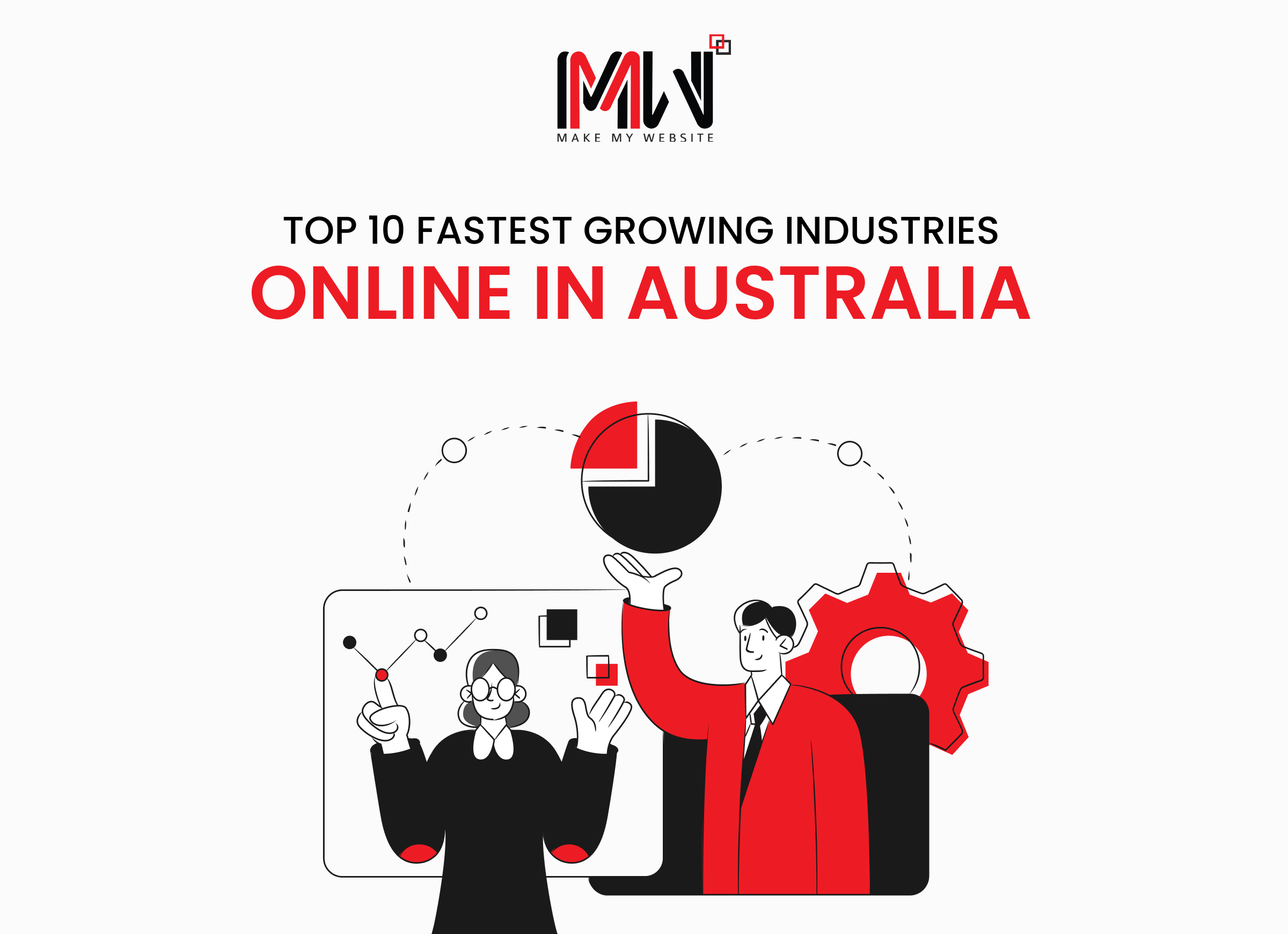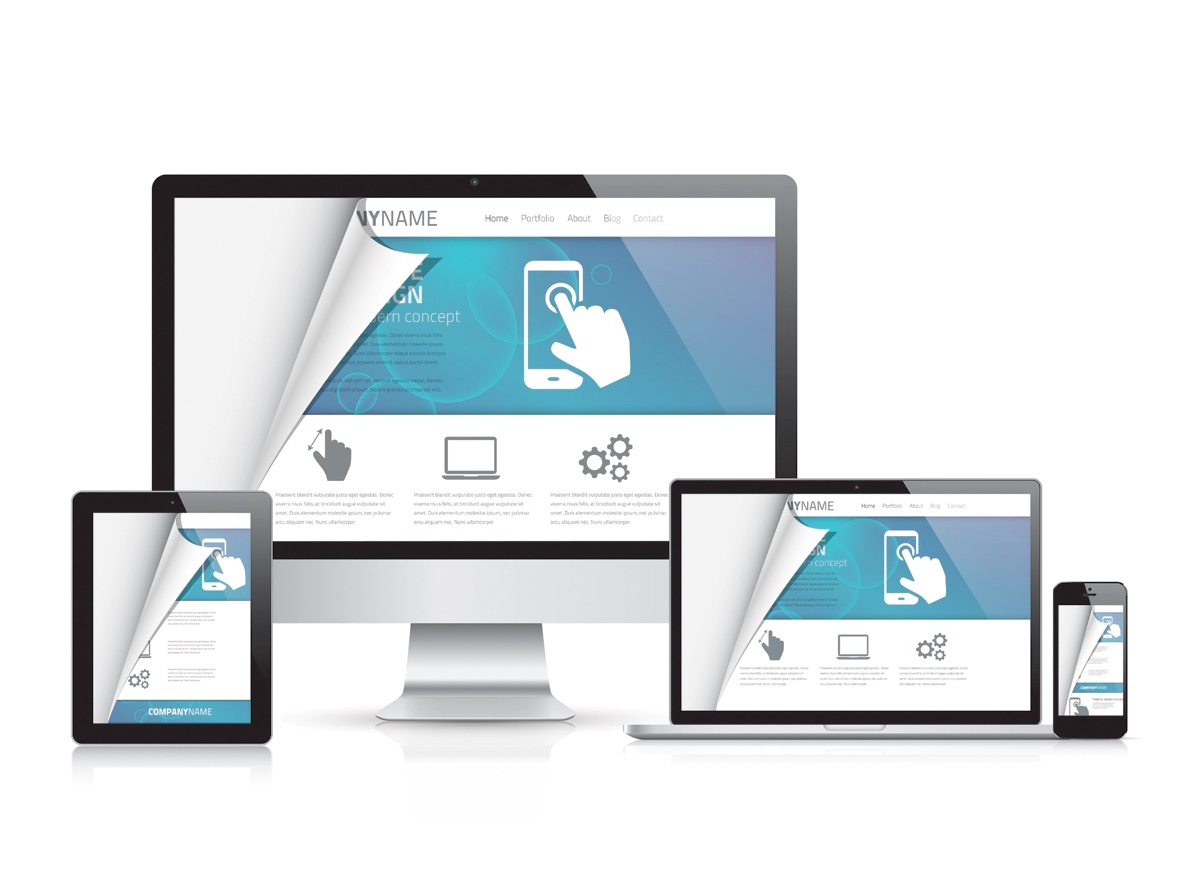Content marketing is one of the most effective ways to grow your business and gain a competitive edge. Effective content promotion should be done in a manner that allows you to create quality content with minimal time investment. But how do you choose what content to write, and how can you effectively promote it?
Now, while there are a million ways you can go about promoting your content (social media, email marketing and even paid ads), 90% of them won’t work. So why not just figure out what type of content is most engaging and promote it.
This post will share 7 tips for Effective Content Promotion to help your content gain popularity and turn visitors into subscribers.
How to Promote Your Content Effectively & Attract More Readers
Know Your Target Audience
The first step to effective content promotion is to know your target audience. You must understand their needs, concerns, interests, and the channels they use most often. Once you have this information, you can use it to create content that resonates with them. Knowing your target audience will help you develop content that is relevant and useful. The best way to do that is by using analytics tools like Google Analytics or MixPanel to see which content performs well. It will help you focus on the right content for your brand rather than creating generic content just because you think it might work.
For example, if you sell financial services, your target audience may consist of investors looking for ways to invest their money. They may be interested in articles on how to start investing early on with limited funds or topics related to specific investments.
Write In-Depth & Researched Content
Your readers want more than just a surface-level explanation of a topic. They want deep, nuanced explanations beyond what’s available in a short article or video clip. Your goal should be to engage readers actively so that they feel like they’ve gotten something valuable from their time spent reading or watching your content (which will encourage them to come back again). The more in-depth your content is, the better it will be viewed.
There is no point in writing something that is going to be read by a couple of people over a few minutes and then forgotten. If you want people to remember what you wrote, then make sure that what you are writing is well-researched and has the potential to provide value to the person who reads it. It should be not only informative, but also entertaining and engaging.
Use Metrics to Evaluate Performance
Metrics are a good way to measure the effectiveness of your content marketing efforts and ensure that it is reaching its target audience. It will help you understand what your audience likes and doesn’t like, which will help you create more compelling content in the future! You can use several metrics to evaluate your content and other data points to determine if a piece of content has been successful or not. Some of the metrics include:
Click-Through Rate (CTR) – It shows how many people have clicked on the link in your email or article and taken action. You can determine CTR by dividing the number of clicks by total impressions.
Average Time On Page (AOP) – This metric shows how long visitors spend on your site. It takes into account both bounce rate and session duration, which means it accurately reflects how long visitors spend on your site before leaving.
Social Shares – Social shares provide another metric that can help determine how effectively your brand communicates with its followers. The more shares you get, the better!
Don’t Forget the Visuals
Pictures are worth 1,000 words! They’re engaging, easy to understand and share, and they don’t require much effort on the part of the reader. Visuals are a great way to engage your audience and get them excited about your writing. You don’t have to be an artist or graphic designer, just take a few minutes out of each post to include some relevant images! These can be photos of products or services, videos or even screenshots from your website that showcase something interesting about what you do (or sell). You can also use charts, graphs and infographics to attract people’s attention to your blog posts because they are easier to understand than plain text.
For example, if you wrote about a great new product that launched this week, include a photo or some graphic representation of it in your post title or heading. You can even use a video if there’s one available online that shows off the product or service in action!
Consistency is Important
Consistency is key when promoting your content. It’s not enough to create a blog post or article once in a while. The more you update your content, the more likely your readers will come back for more. You want to make sure that all of your content is relevant, interesting and engaging. If you’re constantly changing the way you write your blog posts, readers will become confused and frustrated. They’ll stop reading and move on with their day instead of checking out what else you have to offer.
Incorporate Facts and Data
If you want to get readers’ attention, a good place to start is by providing them with information that is accurate and objective. You can add more value to the article by using graphs, quotes and data related to it as well as adding citations (which will let readers know where this information has been sourced). Incorporating facts from reliable sources (like Wikipedia) helps to show that you are not just spewing out information but have a reason for writing this article or post. It will give readers confidence in what you’re sharing and make them more likely to share it with their audiences. Doing this will also help you rank higher in Google and other search engines, as well as increase traffic from people looking for information on your topic.
For example, when promoting a new product or service, you may want to use testimonials from happy customers or case studies that highlight successful uses of your product.
Identifying the Right Keywords
You need to identify the right keywords for each piece of content you create. Keywords are important because they have a direct impact on how many people visit your site and what they do while being there. Knowing what kind of keywords you want to rank for (and what you don’t) makes it easier to create compelling content that helps users find what they need. Search engines like Google and Bing use these keywords when ranking websites and blogs. You can find the right keywords using tools like Google AdWords Keyword Planner or by looking at what people say about specific topics in your niche on Twitter, Facebook, Instagram and other social networks.
For example, if you sell antiques online, you may want to create content around “antiques” or “antique furniture.” These are two very specific keyword phrases that cover a wide range of topics related to antique furniture.
Bottom Line: Efforts are Important for Successful Marketing
Promoting your content online is necessary to gain exposure, increase sales and attract the right customers that may need your services. You must get your audience to view, like, and share the content you worked hard to create. Ultimately, the true measure of your success as a blogger is about having a large audience that engages with your content.
These steps can help you choose which content to promote, where, and how often to promote it. We hope these tips for Effective Content Promotion will help you make your next project a success.



















